





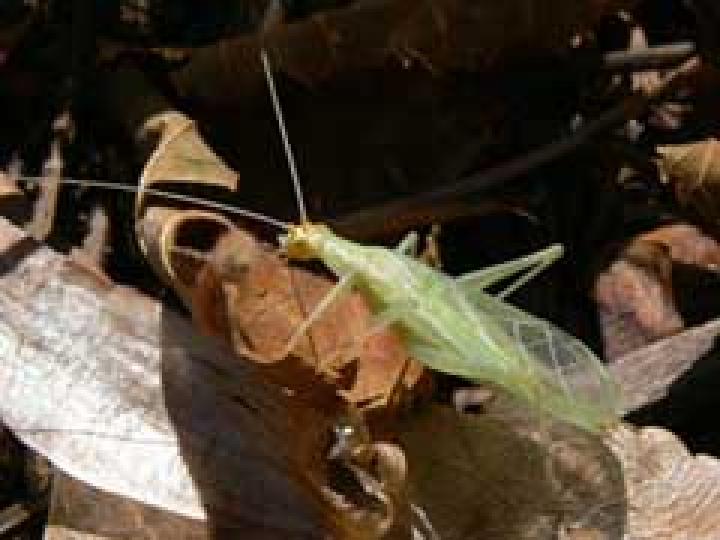
Snowy Tree Cricket
National Park ServiceNovember the first. You’ve unmothballed your winter sweaters and laid in a supply of hand-warmers. Outside, what are the wild ones up to?
The snowy tree cricket’s song is slowing down. The colder the weather, the slower the beat. If you don’t have a thermometer handy, that snowy tree cricket will do just as well: count the number of chirps it makes in fifteen seconds, and then add 37. That’s the temperature, in degrees Fahrenheit!
The ruffed grouse is busy growing strange extensions on the sides of its toes. Its feet, like homemade snowshoes, will eventually double their surface area, enabling the grouse to walk easily atop the fluffiest snow. In spring, these “combs” disappear again.
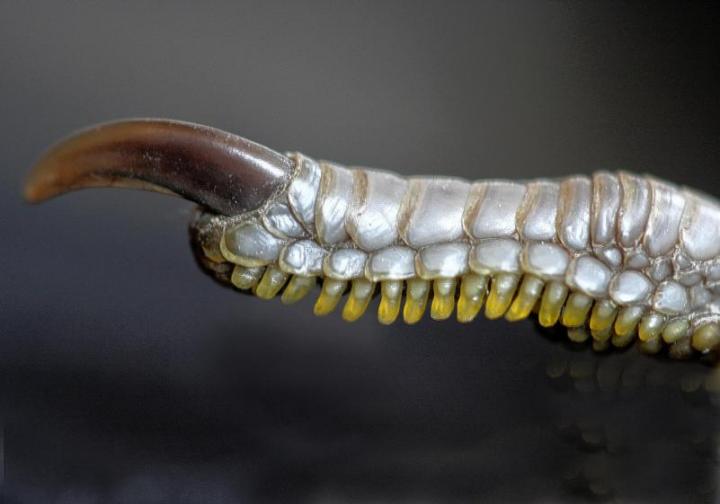
Woolly alder aphids are being blown far and wide. They secrete a cottony white covering, made from the sap on which they live. These aphids are hardly more than a few millimeters in length, but when dispersing thickly on the wind in fall, they can seem like an early snow flurry in and around wet alder swamps.
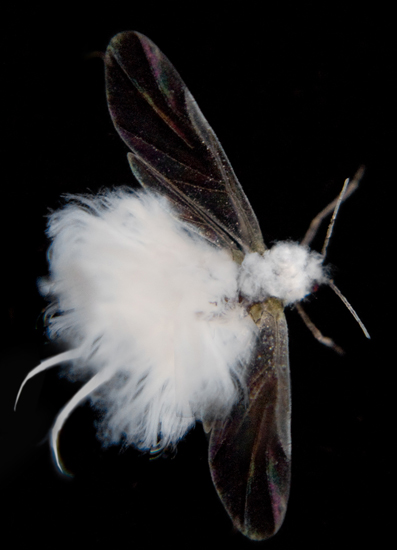
Where’s that dazzling male cardinal you’ve come to expect in your honeysuckle hedge? Lately he’s gone a strange ashy color, as if he’s been sitting too long on a bookshelf. Are his summer feathers worn? Quite the contrary! He has just molted himself a brand-new suit. Many of these new feathers, however, have gray tips, giving him a duskier look. By March, those tips are worn away, and there he stands, in an old coat of red that only appears new!
The snowshoe hare and the long-tailed weasel are both sporting small patches of white around the feet and ears. By December, these two will be well camouflaged for the winter landscape.
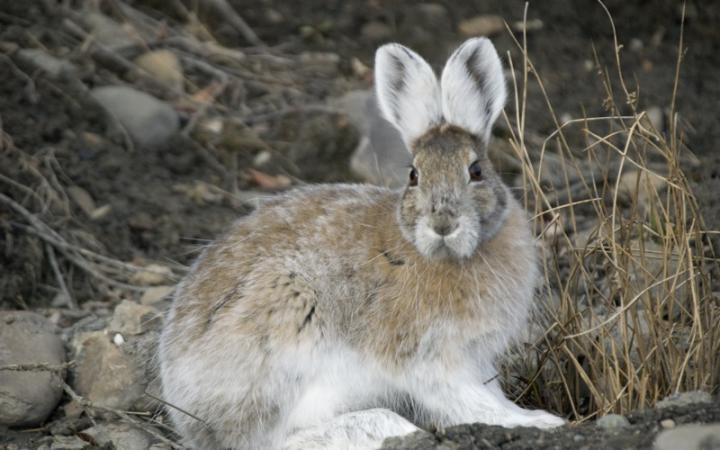
Along the roadsides, yarrow (Achillea millefolium) has finished its second flowering of the year and is looking more like a winter weed. But if you pluck the lacy, carrot-like fronds at the base of the plant, though, you’ll still get a whiff of strong spice. These are the leaves the Greek hero Achilles used to stanch the wounds of his compatriots on the windy plain of Troy, three thousand years ago. Brew yourself a tea made from these leaves and you’ll sweat bullets.
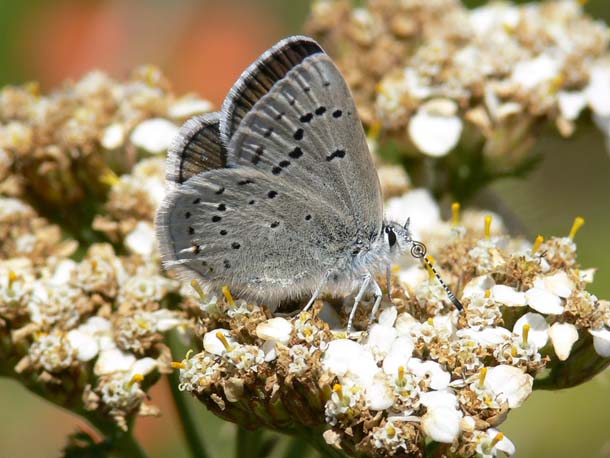
And what’s the news in your local carpenter ant colony? Egg-laying has stopped; the ants are packing their bags to move to a more protected place for the winter, either underground or to the warm center of a hollow tree. When their formidable avian predator, the pileated woodpecker, comes knocking, he’ll have to go to great lengths to find them.
Larches, also known as tamaracks, are flaring up in bright yellows and golds before dropping their needles. Our only deciduous evergreen, it makes a spindly, shivery Christmas tree, tinselled all winter long by dried knots of the lichen known as “old man’s beard.”
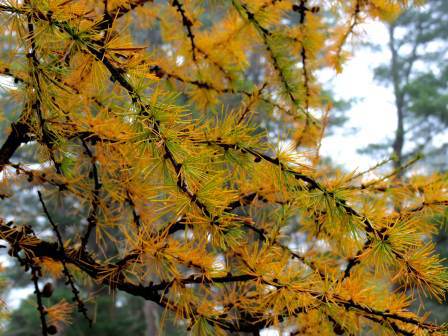
In quick-moving streams and rivers, stonefly larvae are feeding on other tiny aquatic insects, or on other bits of decayed vegetable matter gleaned from the water. One of the few insects active in winter, you can see the adults basking along the shore on sun-warmed rocks in the middle of February, looking for a mate.
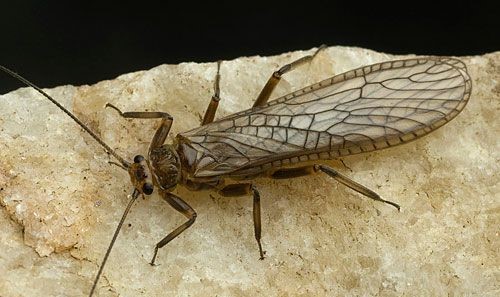
Gray squirrels are still busy caching acorns and beech-nuts all over their territory, which can be seven acres or more. Their memories are up for the task: though estimates range widely, some squirrels appear to recover nearly 80 percent of their hidden food.
Fall webworms are emigrating from their messy silken tents in the outer branches of black cherry and crab apple, finding shelter in a flap of bark or burrowing into the leaf-litter on the forest floor. They will overwinter here in cocoons, to emerge as moths next spring.

Crows are migrating out of the northern part of their range and massing into extraordinary black clouds of ruckus. They will roost together communally all through the winter. All through the farm-country of the Midwest, a single stretch of tree-line between open fields might host over 200,000 individuals for the night.
In my own home, the plans are for a quieter, more solitary evening. A fire is laid, cordwood and kindling and a few twists of newspaper, arranged just so. A short-lived stove-sculpture, made mostly of air, they balance, precarious, ready to flare. Oil sizzles in the popcorn pot. The last shallow light of afternoon, which ends so early, oozes under the door. Long underwear, woolens, and a pair of thick socks make the bulky new uniform of the season. The hand hesitates, then strikes one match against the matchbox, which sputters aloud a moment before it takes.
———————————–
Interested in further reading about plant and animal preparations for the cold months ahead? Read Donald Stokes’ excellent Guide to Nature in Winter [Little, Brown: 1976], which catalogues many of the rites of the season described above.
~ By Henry WaltersField Notes From the Woods, written by Henry Walters, shares observations and ruminations on plants, wildlife, weather, and other facets of nature. Henry Walters is a naturalist, a teacher, and a falconer. He lives and writes in a cabin in southern New Hampshire on a 1,700-acre tract of conservation land, of which he acts as steward. His poems, essays, and translations have appeared or are forthcoming in a number of print publications, including The Old Farmer’s Almanac.
Copyright © www.100flowers.win Botanic Garden All Rights Reserved